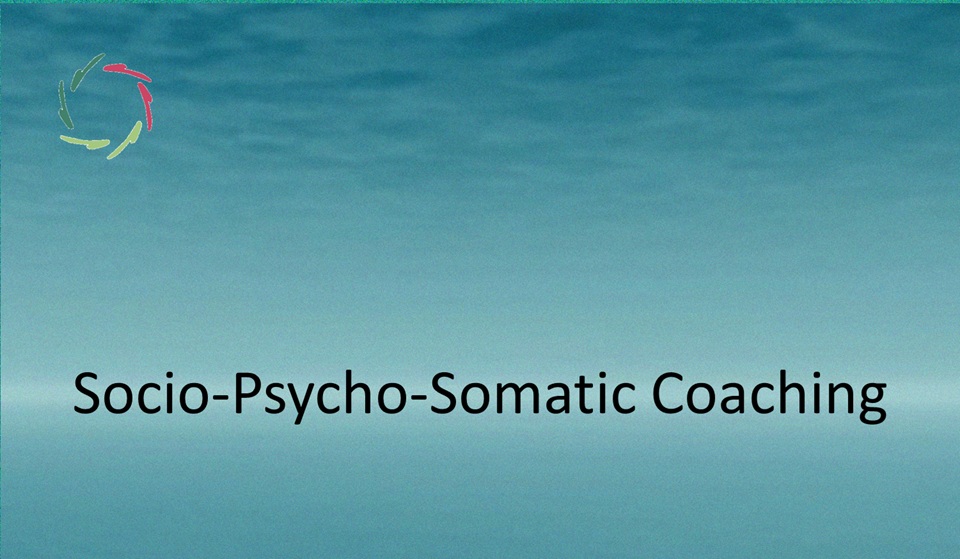Sacred Space of Coaching

This is about deep meaningfulness. No magic required. In sacred space, things can happen from the inside out. This is the best way in many mind-related issues.
We should stay scientific.
If we don’t incorporate things like ‘sacred space’ into science, we leave it to nonscience. It may then still make sense in a non-scientific environment but is nonsensical in reality as we try to approach it ever more within science.
Sacred space is part of an important, meaningful area: the area of meaningfulness. AURELIS stands for a scientific claiming of that area. Gradually, neurocognitive science is becoming a powerful ally in this endeavor.
This sacred space is a mental one
as it always is. It is a symbolic space. Not the stones of any building are physically sacred, not even the building as a whole. Nothing is physically sacred.
‘Sacredness’ is a way of looking at things. This way of looking is content. Any material thing is a recipient. Confusion between both is common. This way, sacredness may be frowned upon from science. That’s a confusion with many unfortunate consequences, such as many people taking leave from science. [see: “Psychic Healing?”]
One step further: Every concrete concept is also a recipient, not content.
Sacredness in any sacred space is a way of looking at this space.
‘Space’ is very broad in this.
It can be topical, as in spatial. Any church, temple, shrine, altar, consultation room can do. Also, any vicinity to an oak tree, holy stone, goal of pilgrimage, or anything.
It can be anywhere people gather or even might gather, in a deeply meaningful way, connected through religion, for instance, or anything else.
It can be a feeling, as on a beach while looking at the setting of the sun, stars already slightly showing, and you feeling connected to the universe. The universe then is your sacred space – conceivably a very profound one!
Coaching
Broadly seen, it also includes a mental nearness, as between people. In coaching, two people can sit in the same room or be internet-connected on screen from different continents. They talk to each other and form a sacred space ― at least, depending largely on the coach’s charisma. [see: “The Coach’s Charisma”]
In this context, it is clear that sacred space in coaching is an environment, not necessarily topical. An important part of the environment is the coach; another one is the coachee.
The most important part, in my view, is the togetherness, the overlapping-of-mental-patterns, if you like, that gives form to the coaching itself.
There, it gets really interesting.
Within coaching, the coaching itself is the truly sacred space. As a coach, one can be aware of this. One can strengthen it and openly use it in the coaching. In my view, one way or another, master-coaches always do this.
Within AURELIS, a profound way of doing so is one instance of a coaching technique. If done properly, it is something the coach realizes towards himself. It’s in the feeling. It’s in the knowing. It’s in the being an excellent actor, at the same time playing and not playing a role in a great play.
It is the play of coaching.
Being immersed in it makes possible a change from inside out, called ‘growth.’ Here is little room for being changed from outside.
Sacred space, any sacred space, is an environment where such growth is being invited as the dearest guest.
That is why coaching works.


